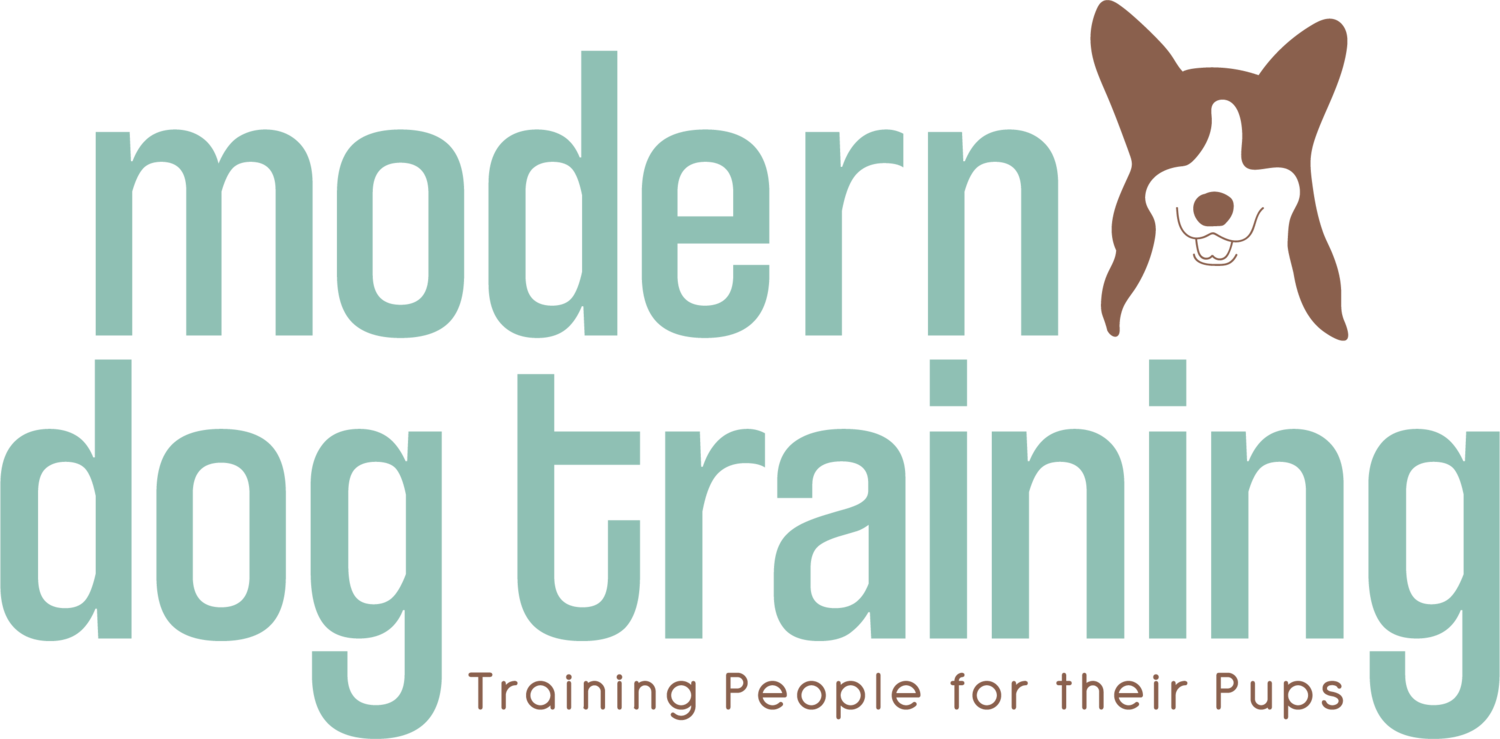🌿 Enrichment Gardens: A Sensory Experience Right in Your Backyard
If you’re looking for a way to boost your dog’s mental stimulation and give them more meaningful outdoor time, creating a backyard enrichment garden is a fun and rewarding project. It doesn’t have to be expensive or complicated – just intentional! Whether you have a full yard, a patio, or even a balcony, you can craft a sensory space that taps into your dog’s natural curiosity and instincts.
Why Enrichment Gardens Work
Enrichment gardens are designed to engage your dog’s senses – especially their nose! Dogs experience the world through scent, texture, sound, and sight. By creating a space filled with natural smells, interesting surfaces, and interactive features, you’re giving your dog a place to explore, relax, and decompress.
Enrichment like this is especially helpful for:
High-energy dogs who need a “job”
Fearful or reactive dogs who benefit from calm solo time
Puppies learning about the world
Seniors who still enjoy sniffing and soft stimulation
🪴 What to Include in Your Enrichment Garden
Here are some easy, dog-friendly elements to get you started:
✅ Scented Herbs & Plants
Add safe, dog-friendly herbs that are interesting to sniff (and safe if nibbled):
Lavender (calming)
Rosemary
Basil
Thyme
Sage
Lemongrass
Avoid toxic plants like azaleas, lilies, or foxglove – always double-check before planting.
✅ Tactile Zones
Create different textures underfoot:
Mulch or bark chips
Grass
Smooth stones or pebbles
A small sandbox (great for digging!)
Water feature like a shallow kiddie pool
✅ Hide & Seek Features
Use:
Small tunnels or lean-tos made from PVC or fabric
DIY treat stations: hide kibble or treats in puzzle toys or under flowerpots
Hanging snuffle toys or treat-dispensing ropes
✅ Shady Spots & Rest Areas
Dogs need to cool down and feel secure. Try:
A raised cot or shaded dog bed
A pop-up canopy or umbrella
Low shrubs they can sniff or rest near
✅ Bonus Ideas
Hang wind chimes or use pinwheels for visual interest
Rotate scented toys or frozen Kongs
Use essential oil-dabbed scent logs (only dog-safe oils, like chamomile or lavender, and always diluted!)
🔨 Tips for Success
Start small – one corner of the yard is plenty!
Supervise at first, especially with new plants and digging areas.
Rotate elements to keep it novel.
Make it part of your routine – a short “garden sniff session” can do wonders for behavior and emotional well-being.
🐾 A Calmer, Happier Dog – One Sniff at a Time
Enrichment doesn’t always mean adding more training – sometimes it’s about giving your dog space to be a dog. Sniffing, digging, foraging, and simply observing are all incredibly fulfilling. Your enrichment garden becomes a private little adventure zone that taps into their instincts and builds calm, content behavior over time.


